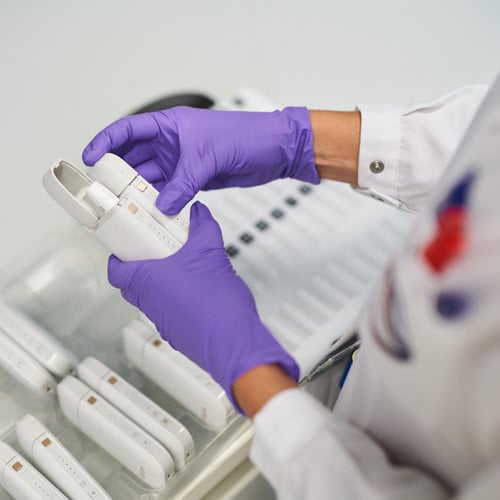What is tobacco harm reduction?
In the case of cigarette smoking, harm reduction has been defined as “minimizing harms and decreasing morbidity and mortality, without completely eliminating tobacco and nicotine use”. This includes the risk of developing diseases like lung cancer, chronic obstructive pulmonary disease (COPD), and cardiovascular disease.
Quitting tobacco products altogether is the best way to reduce the risk from smoking. However, according to World Health Organization (WHO) estimates, around 1 billion people worldwide will continue to smoke for the foreseeable future. For adult smokers, switching to a smoke-free alternative that is scientifically substantiated to be less harmful than continued smoking could reduce the risk of harm.
Reducing tobacco-related harm at the population level depends on two factors:
- The risk profile of the available smoke-free alternatives being significantly less than that of cigarettes, and
- Their adoption by significant numbers of adult smokers.
Both factors matter. The more that adult smokers who don’t quit switch to lower risk options instead of continuing to smoke, the bigger the impact on reducing population harm. This is why smoker acceptance is an important component of the harm reduction equation. After all, even a very low risk product will not reduce harm if no one uses it.
